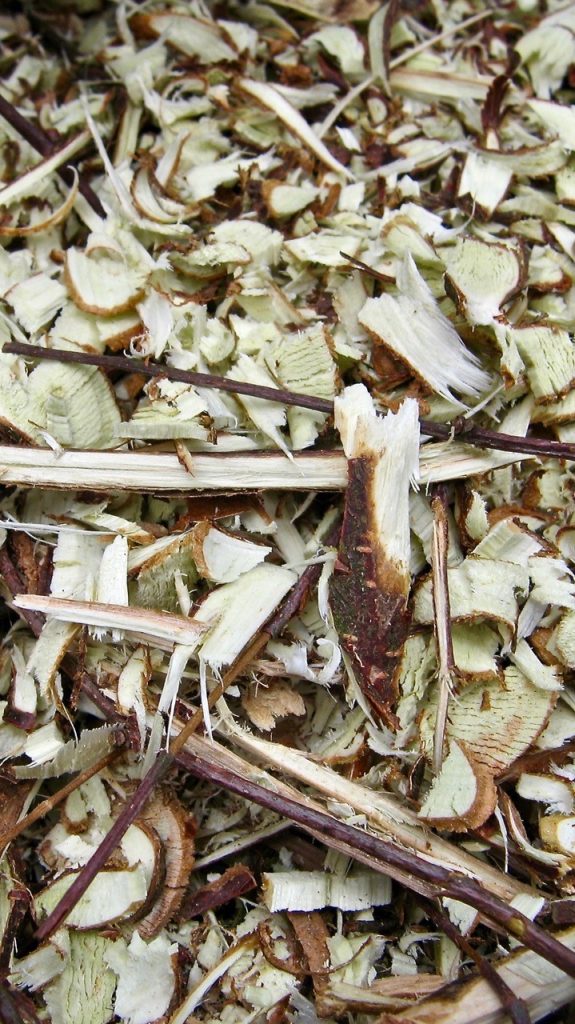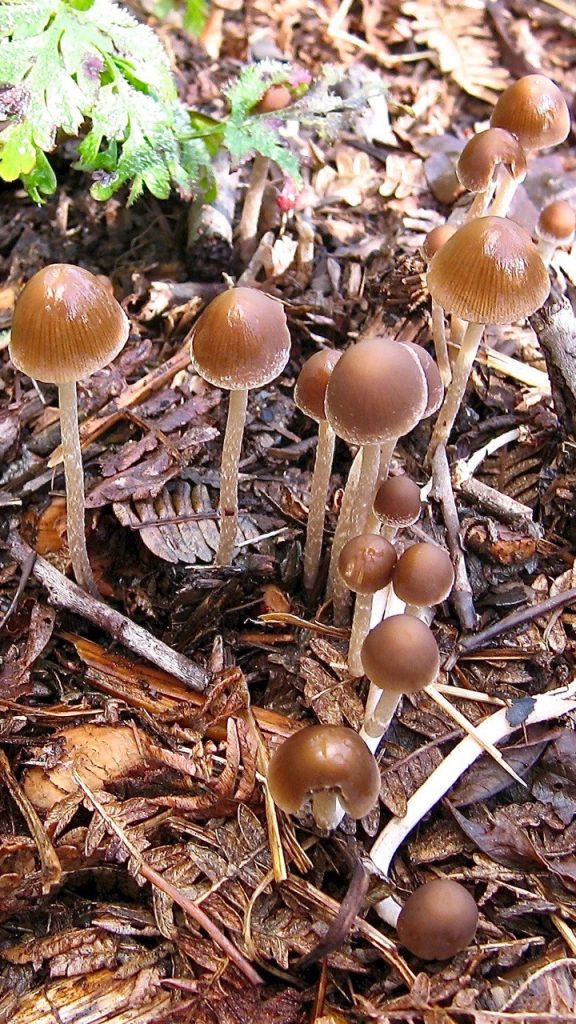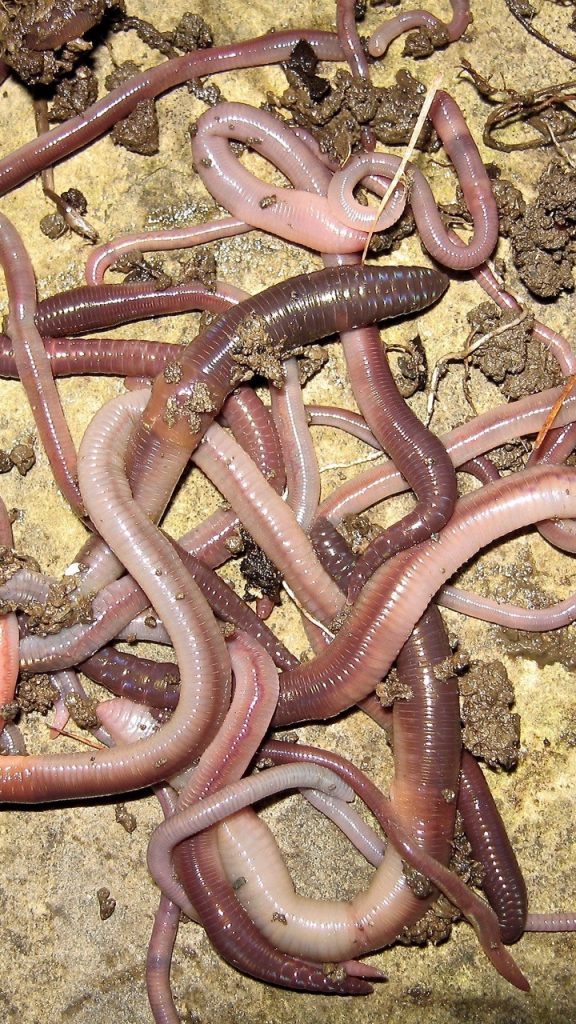Boost your weary greenhouse soil in autumn, watch nature work its magic over winter, and see it come back to life in time for spring.
One minute it’s flooded, the next it’s baked dust-dry by the sun’s glass-amplified rays. It’s flogged like a workhorse, non-stop, from the first hints of spring to the fading days of autumn. Cut off – literally – from the changing seasons, no drop of rain ever darkens its surface, no heaven-sent downpour ever soaks in deep. Yet we rely on it to anchor, support and feed our plants, without fail, for year after year after year.

And then – without a nod of gratitude – we abandon it, leaving it dry, dusty, depleted, exhausted and unloved, and forget about it over the winter months. It’s no way to treat the stuff we depend on for our gardening’s bounty and beauty, but it’s what can so easily befall the precious soil in our greenhouse beds. It doesn’t have to be this way.
Our greenhouses (or polytunnels) are isolated, climate-altered mini-worlds, where we pull the strings. We control the rainfall (via the spout of a watering can), the temperature and humidity, the light levels, and what, if any, sustenance reaches our hardworking soil. There aren’t even any autumn leaves falling under cover (bar a few rogues blown in through the vents). It must be purgatory for intrepid earthworms and their fellow fauna.
We might wind down into winter with the best of intentions, promising to give the soil beds a boost next spring with some garden compost, before planting or sowing kicks off again. Promises are easily broken, and chances are we’ll be cutting corners when spring’s rush envelops us. Why risk it, when the best time to resuscitate your flagging greenhouse soil is now, with a little help from plants that will quietly harvest the meekest winter sun, and from some sappy wood chips?

‘Green manures’ are plants we grow specifically to improve the soil. They’re usually sown outdoors on bare ground that’s temporarily free of crops or other plants. At this time of year, we sow them to avoid soil being left bare and exposed over winter; nature’s instinct is to heal bare wounds, and that’s what green manures sown now will do. But as well as being healers, they’re also solar-powered soil builders, trapping sunlight to slowly build fibrous root systems during the months when our gardens are largely in stasis. When they’re finally dug in or mulched over, come spring, these roots, together with their leafy tops, add valuable organic matter, which rots down, adding to the soil’s dark stores of carbon. Some, such as winter tares and field beans, host bacteria in nodules on their roots, which grab nitrogen from the air. This is set free when the roots eventually decay, providing a nutrient source for leafy crops. Green manures are no-work soil revivers; sow them, and they will grow. But they’ll work extra wonders if you combine them with another soil-boosting ingredient.
Chipped branch wood (CBW) is the fancy term for any woody prunings less than 7cm (3in) in diameter that have been passed through a shredder. Using these soft and sappy chippings has been a revelation in my garden, where I’ve used them to revive beds that have spent several years entombed under ground cover fabric. These thinner, sappy chips – from the ends of the thicker branches of deciduous trees and shrubs – are rich in amino acids, proteins, enzymes, sugars and minerals, and contain the highest concentrations of the main plant foods.
To harness their magical properties, use them fresh and mix them into the top 5-7cm (2-3in) of soil (not just laid on top). Soil fungi, moulds and other micro-organisms soon begin feasting on the chips, quickly breaking them down as biological activity in the soil receives a massive tonic. Earthworms and other soil fauna move in to join the party, while pale fungal mycelia encase and invade the chips. One of the most iconic and encouraging signs of just how much life there is in my soil nowadays is the frequent flushes of toadstools that appear as fungi slowly break down the CBW.
Used together, green manures and CBW are a winning, vegan-friendly and no-heating-required combo for revitalising the overworked and love-starved soil in your greenhouse beds. Any winter-hardy green manure (grazing rye, field peas/beans, Italian ryegrass, winter tares) is suitable; you can mix them together or choose a ‘winter mix’. You’ll need a bucketful of fresh CBW per square metre/yard (still-leafy branches are fine – it’s all grist to the soil-building mill). If your soil beds are dry and hard, soak them well first until the soil becomes workable, then fork it over to open it up, ready to receive its autumn elixir.

Start by spreading some well-decayed leaf mould over the surface (a bucketful per metre/yard, or whatever you can muster), to give the tired soil a biological kick-start. This inoculates it with unseen microbial life that will set to work on the sappy chips. Mix the leaf mould into the top 5-7cm (2-3in), then spread the CBW and work it in until the chips disappear. Next, sow your green manure seeds at the recommended rate, and work them into the soil. I find that my fingers make an ideal mini-rake – and are safer than using a long-handled rake in a greenhouse. Field bean seeds can be spaced out on the soil first, then pushed in. Give the soil beds a thorough watering, and your soil-saving job is done.
The green manure seedlings will appear in a couple of weeks. You’ll need to keep the soil moist through the winter, watering on fine, dry days. The protection of the greenhouse will encourage the manures to grow softer and faster than any sown outside; by Christmas, your soil will be covered in a green carpet of foliage. You might even enjoy a few toadstools as the sappy chips become banquets for soil fungi. Earthworms will be in heaven. In cold snaps, when the soil’s frozen, the leafy manures will darken and flop, but they will recover after the thaw.
Next spring, you’ll have a choice. You can chop up the leafy stems of the green manures, working them into the soil surface, or – even better – simply chop them right down to soil level using shears, leaving them on the surface. Once they’re wilted and yellow, they can be covered with a 2.5-5cm (1-2in) deep mulch of either leaf mould or CBW (or a mixture of both). The chopped remains will rot down into the soil, along with the roots, while the chips in the soil will continue their slow decay, reinvigorating soil life for many months to come.
When the time comes, part the mulch and plant away, being kind to any passing earthworms. Don’t panic when toadstools appear – remember that these are good guys. When next autumn comes around, you need only do one thing: repeat.
Text and images © John Walker
Find John on Twitter @earthFgardener


